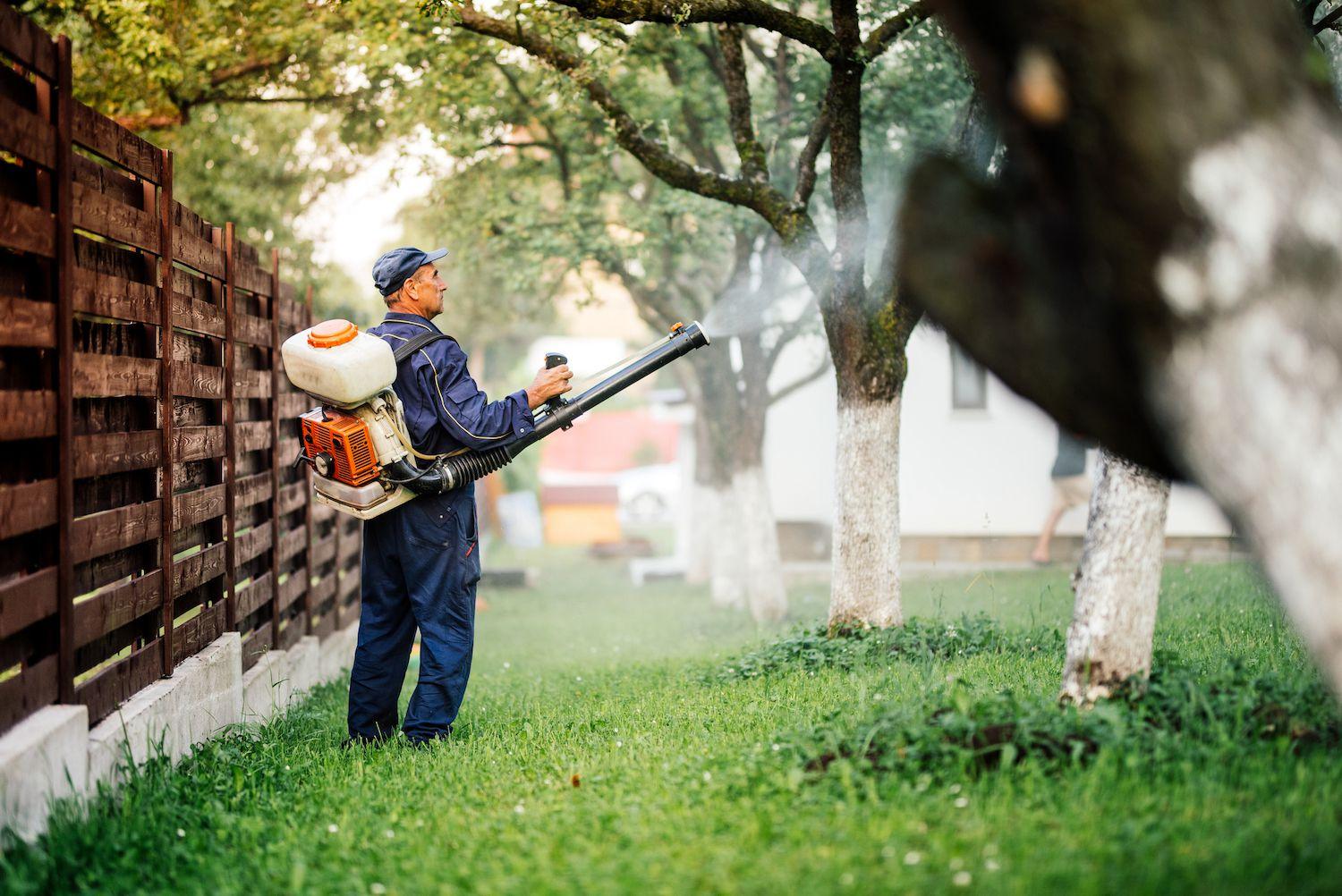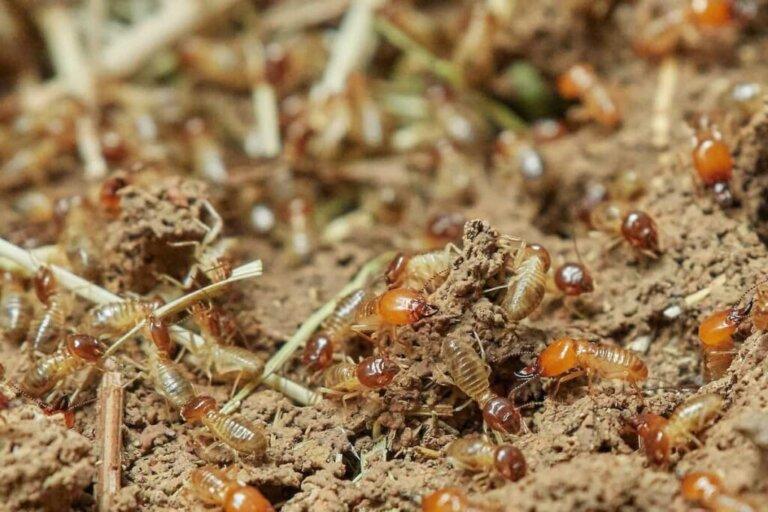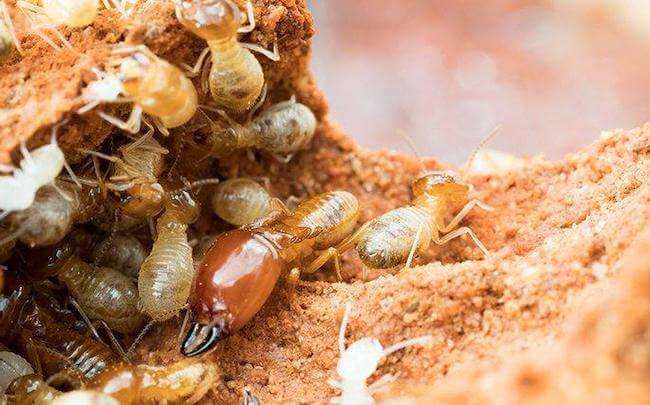
During a termite inspection of your house, pest control services experts will search for signs of termites both inside and outside your property to determine if there is a current infestation. Some of these signs include wood damage, “shelving” or hollowed-out wood, winged swarmer termites, termite droppings (also called frass), and more. However, one of the most notable and significant indicators of a termite infestation is the presence of mud tubes.
If you observe vein-like structures made of mud running up the walls or even across the ceiling of your home, you likely have an active or recently active termite infestation. Now, let’s delve into what mud tubes are, their purpose, and what steps to take if you notice these brown tunnels creeping up your walls.
The Process of constructing mud tubes by Termites

Termites construct mud tubes, also referred to as termite shelter tubes, using a combination of soil, wood particles, termite saliva, and other organic materials.
The process of building these mud tubes begins when subterranean termites, the most common type involved in this activity, discover a food source above ground. To create the tubes, they utilize available materials like soil, binding them together with their saliva. The resulting tubes are typically pencil-width and can vary in length based on the distance between the termite colony and the food source.
While these mud tubes primarily run along surfaces such as walls, ceilings, subfloors, and joists, they are not restricted to these locations, and termites can be constructed anywhere. In more advanced cases, the mud tubes may span open air, particularly in basements and crawl spaces. Termites achieve this by building stalagmite-style pillars of mud tubes, also known as “drop tubes,” to connect dirt basement floors with wooden structures above.
What is the purpose of mud tubes for termites?

Termites utilize mud tubes to protect themselves from predators and the elements. These tubes function as covered passageways, providing shelter from light, temperature fluctuations, rain, and wind.
Moreover, termite tubes offer a defence against various predators. Due to their small size and vulnerability, termites are easy prey for numerous predators in the UAE, including insects such as spiders, wasps, centipedes, cockroaches, crickets, and dragonflies, as well as birds and some small mammals.
In addition to protection and defence, mud tubes serve as a navigational aid for termites when moving over non-wood surfaces like concrete or brick. These tubes guide them toward sources of cellulose found in human dwellings, such as wood, paper, carpet, fabric, and cardboard.
If you come across networks of thin tubes spanning non-wood surfaces, these are likely “exploratory tubes,” which termites use while searching for food. On the other hand, “working tubes” are larger and function as termite interstates, facilitating the transportation of large groups of termites and food from their source to the termite nest.
Do you have mud tubes?

If you happen to notice termite mud tubes, there’s a high probability that you are dealing with an active termite infestation. Although it might be tempting to remove the mud tubes on your own, doing so won’t impact the termite nest and could potentially lead the termites to construct new tubes in more challenging-to-find and treat areas of your home.
While do-it-yourself pest control solutions can be found at most home improvement stores, they often come with a few drawbacks and can be quite expensive. Store-bought termite sprays may contain harmful substances that can pose risks to children, pets, and local wildlife, plus they tend to be less effective compared to professional services.
For a proper and effective treatment of termite control Services in Dubai and to prevent future infestations, seeking professional assistance is essential. Professional pest control companies possess specialized tools and chemicals that are not readily available in home improvement stores. Additionally, their trained and certified pest control experts know precisely where to inspect and how to tackle the infestation to ensure complete elimination.
